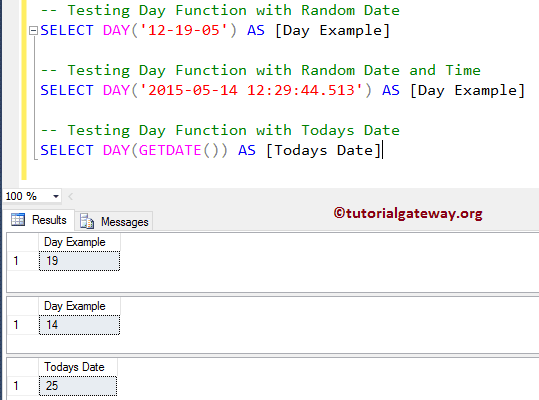

Select row_number() over(order by 1) as n from pg_tables In Greenplum, the UNNEST function is used to expand an array to a set of rows: Some of Amazon Redshift functions used to unnest arrays are split_part, json_extract_path_text, json_array_length, and json_extract_array_element_text. You can use UNNEST() for basic array, multiple arrays, and multiple arrays with different lengths. It is introduced to improve the database performance of thousands or records for inserts, updates, and deletes.

UNNEST() is PostgreSQL’s system function for semi-structured data, expanding an array, or a combination of arrays to a set of rows. Select 'Mary' as FirstName, 'Jane' as LastName , Select 'Bob' as FirstName, 'Haris' as LastName , Select 'John' as FirstName, 'Smith' as LastName ,Īrray as PhoneNumbers It can be used to extract the n th element from an array in PostgreSQL or Greenplum. This function returns the upper bound of an array. JSON_EXTACT_ARRAY_ELEMENT_TEXT and JSON_ARRAY_LENGTH.This post outlines the most common array functions: Developers need to extensively convert those functions manually. The AWS SCT doesn’t convert array functions while migrating from Greenplum or PostgreSQL to Amazon Redshift. Please note that for this post, we use Greenplum 4.3 and Amazon Redshift PostgreSQL 8.2.

#REDSHIFT DATEPART MONTH HOW TO#
The posts focuses on how to handle the following while migrating from Greenplum to Amazon Redshift:
#REDSHIFT DATEPART MONTH MANUAL#
To address this type of situation, manual conversion of the code is required. But there are some situations where code conversion teams encounter errors and warnings for views, procedures, and functions while creating them in Amazon Redshift. Solution overviewĪWS Database Migration Service (AWS DMS) and the AWS Schema Conversion Tool (AWS SCT) can migrate most of the objects in a heterogeneous database migration from Greenplum to Amazon Redshift. It is focused on the migration of procedures, functions, and views. This post covers the key functions and considerations while performing code conversion from Greenplum to Amazon Redshift. Benefits of other AWS services such as Amazon Simple Storage Service (Amazon S3), Amazon CloudWatch, Amazon EMR, Amazon SageMaker, and moreĮven though both Greenplum and Amazon Redshift use the open-source PostgreSQL database engine, migration still requires a lot of planning and manual intervention.The opportunity to modernize the data lake and data warehouse environment.Many customers have found migration to Amazon Redshift from Greenplum an attractive option instead of managing on-premises Greenplum for the following reasons: Greenplum is based on the PostgreSQL database engine. Greenplum is an open-source, massively parallel database used for analytics, mostly for on-premises infrastructure. Amazon Redshift is used by tens of thousands of businesses around the globe for modernizing their data analytics platform. Amazon Redshift is a fully managed service for data lakes, data analytics, and data warehouses for startups, medium enterprises, and large enterprises.


 0 kommentar(er)
0 kommentar(er)
